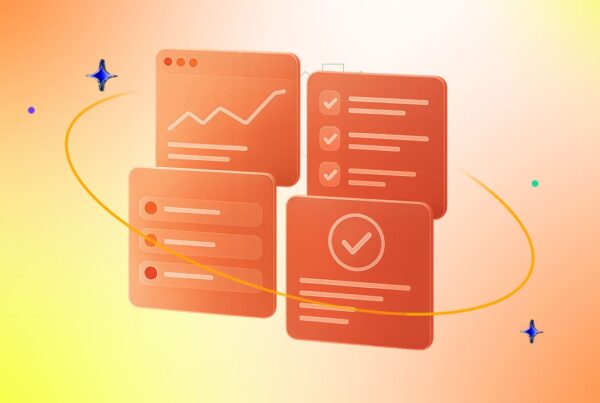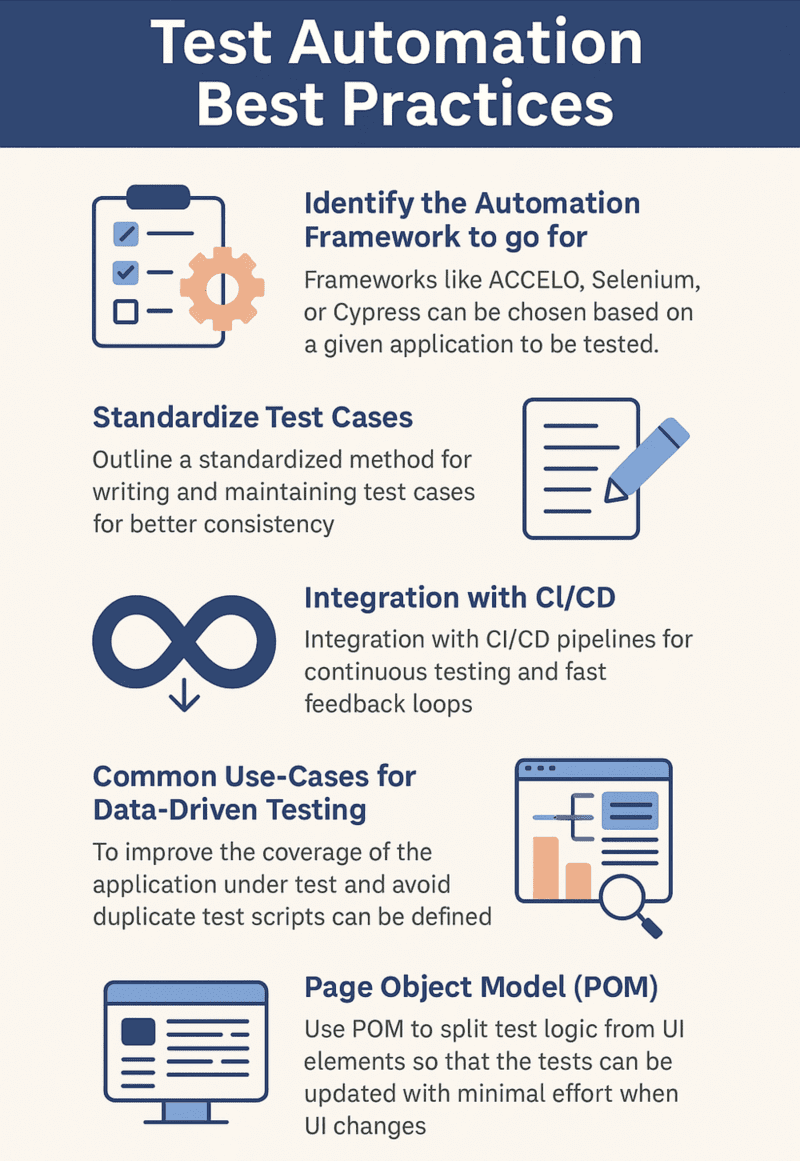Improve Your Software Testing Process: A How-To Guide

In the growing software industry, a crucial aspect of the software development world is maintaining a sustainable and working software testing process. It is often a huge challenge for organizations with tight schedules, changing needs, and scarce resources, which may lead to missed defects, expensive delays, and extended product time-to-market. To address these roadblocks, we recommend adopting new techniques that increase the quality of the software being tested and the efficiency of the testing cycle.
- Perform Shift-Left Testing to Catch Defects Early
- Leveraging AI-Driven Test Automation
- Building Strong Test Automation Frameworks
- Consistency is Key: Spinning up a Containerized Test Environment
- Extending API Testing with Contract Testing
- Building Resilience: Introduction to Chaos Engineering
- Conclusion
Perform Shift-Left Testing to Catch Defects Early
Legacy testing methods can end up identifying defects much later in the development lifecycle, resulting in higher costs to mitigate them. This risk can be reduced significantly with Shift-left testing by involving testing activity during the early stages of development.
How to Enhance the software testing process in agile development
- Engage QA Early: Testers should be part of the requirement gathering and design phase so that test coverage remains near to zero and risks are identified upfront.
- Practice Behavior-Driven Development (BDD): BDD frameworks (Cucumber, SpecFlow) enable teams to define human-readable test scenarios so that development aligns with business needs.
- Unit Testing: Unit tests can be written in automation using JUnit or TestNG for defect detection at the code level.
- Continuous Integration (CI): Code should be integrated as often as possible with builds and tests executed on every integration to find defects earlier in the process.
Leveraging AI-Driven Test Automation
Imagine the role of AI and machine learning in the software testing process to make it more efficient and accurate. AI-assisted solutions minimize redundant tests, anticipate errors, and minimize testing time.
Strategies for how to improve the software testing process with AI:
- AI-Driven Test Case Generation: Utilize AI algorithms to study requirements and create detailed test cases.
- Predictive Defect Analysis: ML models can analyze historical data and identify high-defect areas in the code.
- Smart Test Optimization: With AI focusing on the most impactful test cases to run, it is possible to reduce the test execution time while retaining the necessary test coverage.
- Visual Testing Enhanced by AI: ACCELQ is an example of this category of testing tool that employs AI and examines UI mismatches, ensuring that users have a wholesome experience irrespective of the devices and platforms.
Building Strong Test Automation Frameworks
Automated testing speeds up releases and boosts software stability. But for automation to work, it needs to be plugged into the right system.
Test Automation Best Practices:
- Identify the Automation Framework to go for: Frameworks like ACCELQ, Selenium, or Cypress can be chosen based on a given application to be tested.
- Standardize Test Cases: Outline a standardized method for writing and maintaining test cases for better consistency.
- Integration with CI/CD: Test automation in CI/CD pipelines for continuous testing and fast feedback loops.
- Common Use-Cases for Data-Driven Testing: To improve the coverage of the application under test and avoid duplicate test scripts, parameterized test cases can be defined for re-execution
- Page Object Model (POM): Use POM to split test logic from UI elements so that the tests can be updated with minimal effort when the UI changes.
Consistency is Key: Spinning up a Containerized Test Environment
Now, inconsistent test environments often result in flaky tests. Implement Docker Kubernetes for a containerized testing environment.
Advantages of software testing process in Containers:
- Prevents configuration drift between dev/test/prod environments.
- Allows for the parallel execution of tests, providing quicker feedback.
- Manage dependencies more easily with less chance of environment failures.
- Enables scalable infrastructure capable of being scaled based on test scenario.
Extending API Testing with Contract Testing
As modern applications are built on microservices and APIs, API contract testing is essential to ensure application stability.
How Contract Testing Enhances API Reliability:
- Propagates Integration Issues: Don’t worry, we’ve got a test for the validation of API behavior between services before deployments.
- Improves Consistency of Behavior: Provides clear specification of service expectations for developers and testers.
- Makes Fewer Changes in Production: It can spot breaking changes early in the development cycle.
Guide to Implementing API Testing Best Practices:
- Utilize Mocking and Virtualization: Mock API responses to enable controlled testing.
- API Test Automation: Leverage Postman, REST-assured, Pact, etc.
- API Performance Monitoring: To confirm scalability and reliability, evaluate API response times and error rates regularly.
Building Resilience: Introduction to Chaos Engineering
This is where chaos engineering helps you proactively find weak points in your system by simulating real-world failures. This helps teams create applications that are fit to survive the unexpected chaos.
Core Chaos Engineering Techniques:
- Iterate with Small Experiments: Validate small-scale fault injections on a limited basis before executing in production.
- Establish Hypotheses: Before running chaos tests, define how the system is expected to behave.
- Implement Chaos Engineering Tools: Solutions like Gremlin, Chaos Monkey, and Litmus aid in automating resilience testing.
- Monitoring and Knowledge Sharing: Ensure teams analyze test results and continuously improve system resilience.
Conclusion
Making the software testing process leaner ensures improved product quality, fast-tracks deliveries, and reduces costs. Shift-left testing, AI-driven automation, Containerized Test Environments, and Chaos Engineering — this is how 2024 will be about making software more reliable to keep organizations competitive in 2024.
Ready to transform your testing approach? ACCELQ is a real-time AI-powered codeless automation solution for the modern enterprise. Schedule a DEMO Now!
Yuvarani Elankumaran
Technical Consultant at ACCELQ
Yuvarani Elankumaran is a highly skilled technical consultant at ACCELQ. With over a decade of experience in the field of Test Automation, Yuvarani is a seasoned professional who is well-versed in a variety of programming languages and automation frameworks.
You Might Also Like:
 The Role of System UI in Automated Testing & Quality Assurance
The Role of System UI in Automated Testing & Quality Assurance
The Role of System UI in Automated Testing & Quality Assurance
 BDD in Testing: Improve Automation & Team Productivity
BDD in Testing: Improve Automation & Team Productivity
BDD in Testing: Improve Automation & Team Productivity
 Be Ready for Black Friday 2024 with Smarter Software Testing
Be Ready for Black Friday 2024 with Smarter Software Testing

































